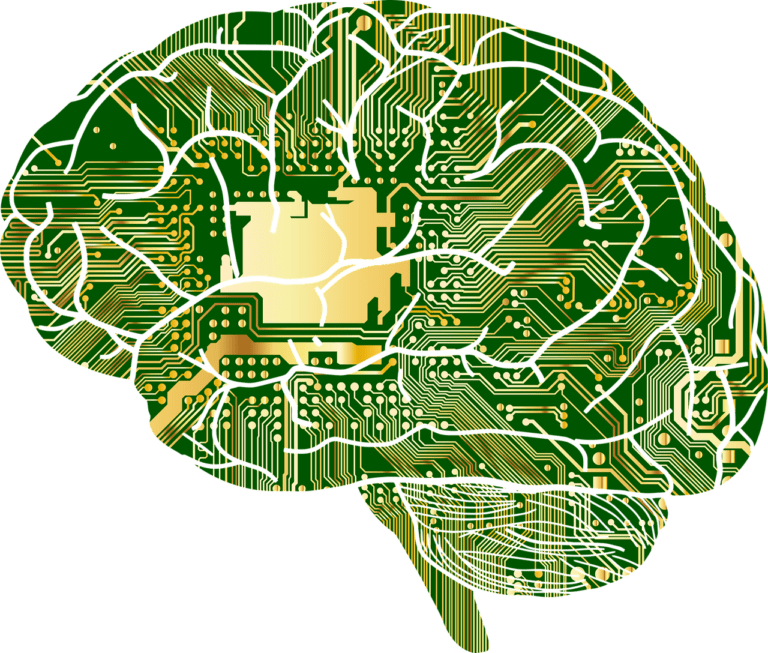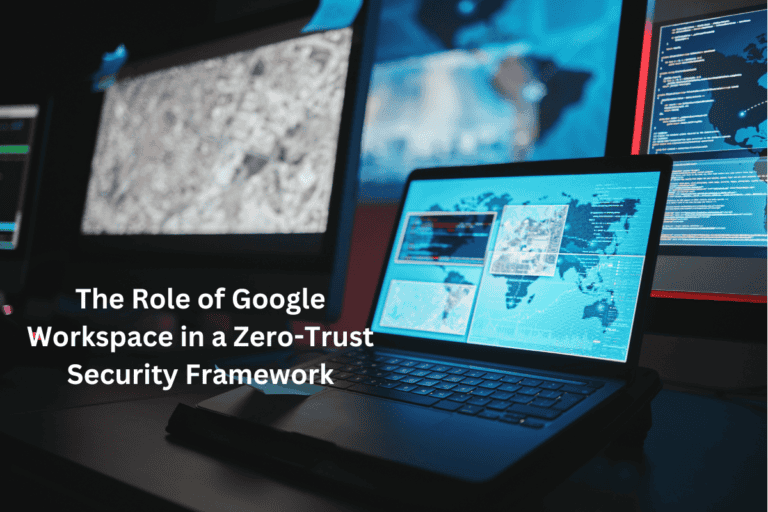The Role of Identity and Access Management in Your Company’s Security
The 2020s have seen the widespread adoption of hybrid and remote work across all organisations. These days, it’s difficult to find any business that doesn’t offer some kind of remote work protocol for office or back-room jobs. While the trend has been liberating for employees and businesses alike, it has also opened up new threats to businesses.
Indeed, research done by Bispham et al, titled “Cybersecurity in Working from Home: An Exploratory Study” (2021), even points to the rise of work-from-home arrangements correlating with serious cybersecurity threats, including identity theft.
However, this doesn’t mean that businesses have to cut back on the work-life balance and cost benefits afforded by remote work. Neither should they hesitate to adopt the more flexible structures enabled by today’s cloud technologies.
The most important thing they can do, however, is to get in touch with experienced cyber security services providers to set up a working identity and access management (IAM) system.
You’ve probably read news articles about major data breaches happening because a remote staffer’s computer got hacked or because a disgruntled ex-employee had active login credentials. In either case, a properly set-up IAM system would have prevented data losses and damaged reputations.
Given how easily either of these scenarios can happen, updating cybersecurity protocols to include IAM best practices is no longer optional, but necessary for a modern-day business. Managers, business owners, and even line employees must recognise the need for a comprehensive IAM system to protect sensitive data and mitigate insider threats.
Let’s look at some of the more specific roles of IAM systems in your business’s security:
1) Protecting Sensitive Personal and Business Data
IAM ensures that only authorised personnel have access to confidential information like employee medical records and business secrets. A properly integrated system should keep sensitive information safe without affecting your business’s ability to use it.
2) Reducing the Impact of Insider Threats
Not all security threats come from cybercriminals or unfriendly foreign governments. Disgruntled or negligent employees can pose just as big of a risk to data security, if not more. Setting up an IAM system helps limit access based on roles and responsibilities, minimising potential damage any single insider can do.
3) Ensuring Legal and Industry Compliance
Laws such as the European Union’s General Data Protection Regulation (GDPR) and New Zealand’s Privacy Act 2020 may already apply to your business, necessitating a credible IAM system to protect it from legal sanctions.
Likewise, your industry may also have specific access guidelines on handling certain kinds of sensitive info. Getting on top of these will help your business pass critical audits and shield it from potential fines and suspensions.
In these scenarios, working with IT support in Vancouver ensures your entire digital environment—access controls, data storage, system configurations, and cloud workflows—is aligned with current compliance frameworks and designed to reduce operational exposure.
4) Managing User Permissions, Provisioning, and Activities
Modern IAM solutions allow your IT team to define user roles and assign specific permissions to all of your employees and contractors according to the principle of least privilege. This ensures that anyone in your system can only access the resources necessary for their job functions.
IAM solutions can also automate the onboarding and offboarding processes so that all users gain appropriate access upon hiring and lose access immediately upon departure. Critically, many IAM solutions also provide real-time monitoring and detailed audit logs that can uncover unauthorised access.
5) Facilitating Secure Third-Party Access
If your business utilises contractors, you’ll need an IAM system to maintain secure access to company data throughout their engagement period—no more, no less. This is even more important if you have to work with individuals who only require temporary access to specific subsystems. An IAM system will enable controlled and time-limited access and, as mentioned, automated provisioning, reducing your system’s exposure to a minimum.
Secure Access Means a Stronger Business—Build Your IAM System Today
Organisations can sometimes get into the habit of adopting new trends and technologies just because they’re available. This can be the case when it comes to cybersecurity solutions. There is an unfortunate tendency to focus on features like end-to-end encryption and artificial intelligence (AI)-powered threat detection over relatively simple solutions that also make a difference.
Though there’s no doubt that advanced features are necessary for building a credible defence against today’s hackers, it’s all moot and academic if you and your employees let the wrong people in.
It’s for that reason that identity and access management is vital to your cybersecurity strategies. If your business fails to implement a strong IAM system, it is at serious risk, not just from malicious actors but also from unintended leaks from the inside.
When these leaks happen, a loss of confidence and regulatory penalties won’t be far behind. Investing in IAM technologies and training ensures that only the right people access the right information at the right time, keeping your business and all its stakeholders safe from data leaks.
IAM systems are not necessarily simple to implement, especially if a business is based in multiple locations or has a fluid hierarchy. Seek advice from knowledgeable experts to help you avoid development hurdles and leave you with a transparent, yet secure IAM system.
In any case, don’t wait until a security incident forces you to act. Assess your needs and start developing your own identity and access management system with a reputable provider today.








